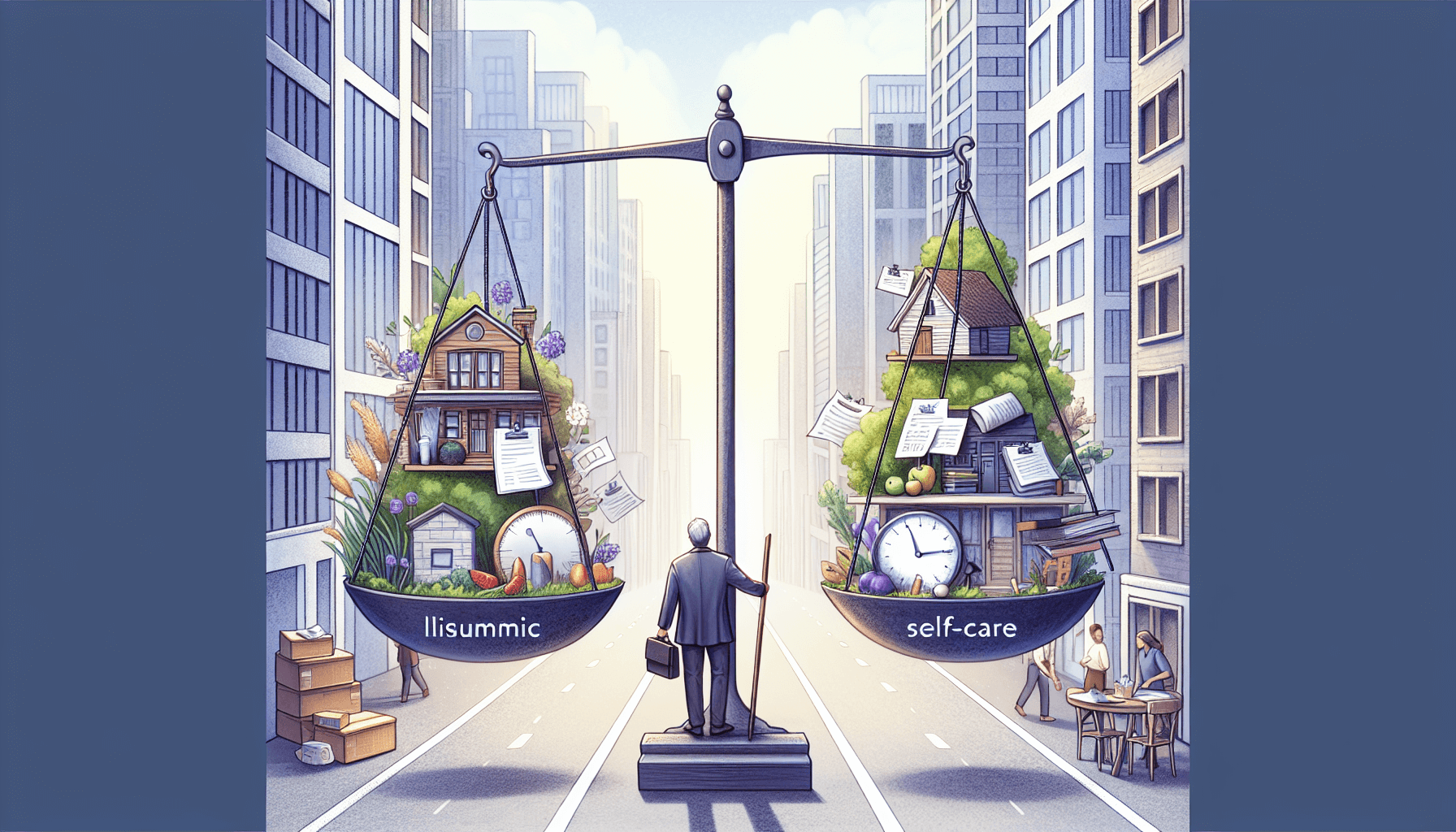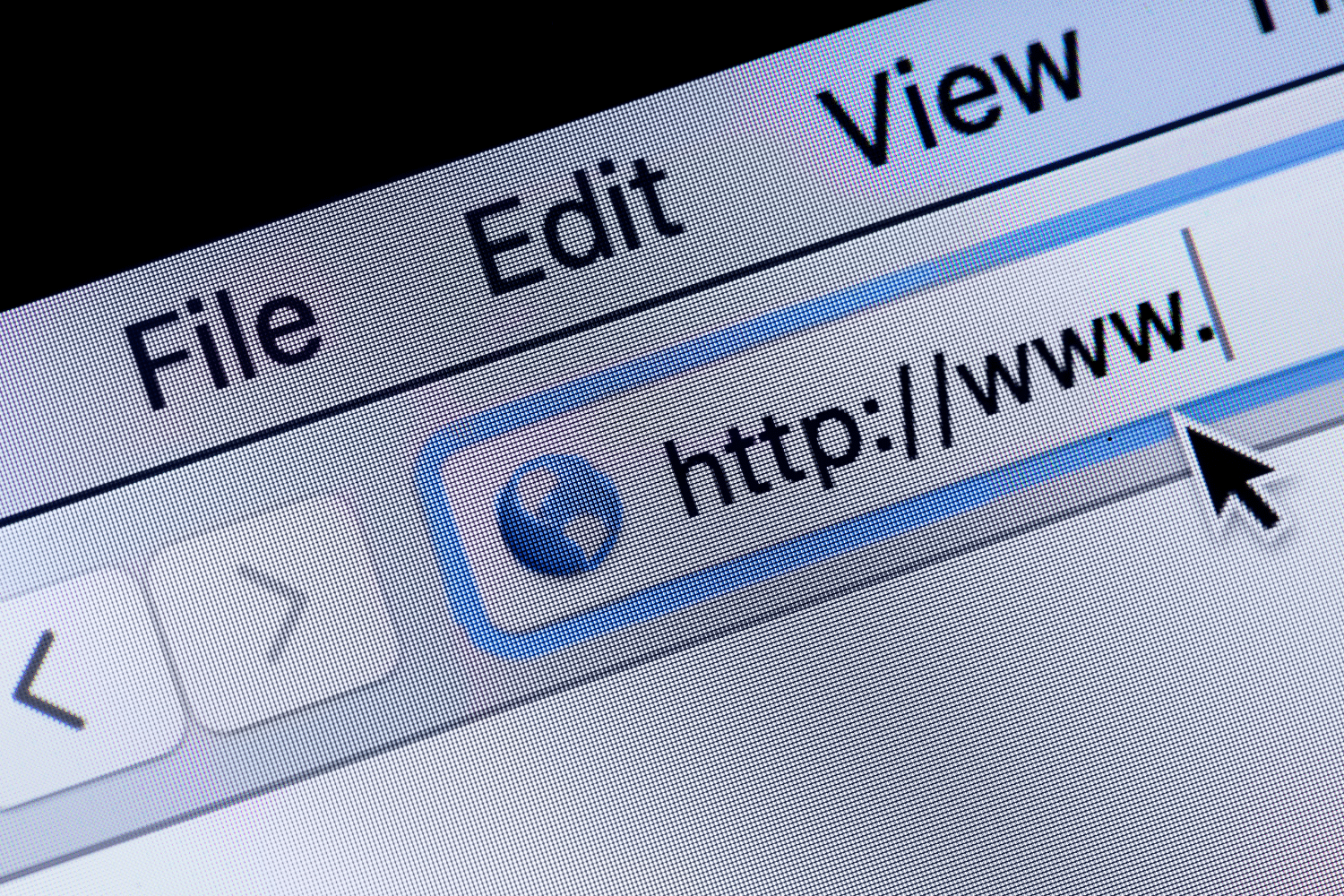Achieving work life balance is more than a trendy buzzword — it’s vital for maintaining your health and happiness. If you’re searching for realistic ways to structure work and play, this guide offers clear, actionable steps. Prepare to redefine your daily balance as we explore aligning personal values, managing time, setting boundaries, and more.
Key Takeaways
- Work-life balance is personalized, aiming to blend career demands with fulfilling personal activities while aligning with individual values and organizational culture for better well-being.
- Poor work-life balance can profoundly impact mental and physical health, whereas good balance enhances employee engagement and productivity, benefiting both the individual and organization.
- Practical strategies for achieving work-life balance include setting realistic and flexible goals, mastering time management, strategically setting boundaries, and regularly reassessing personal and professional priorities.
Understanding Work Life Balance
Work-life balance isn’t a one-size-fits-all concept. It refers to the equilibrium between personal life demands and career demands, which can vary significantly between individuals. It’s not about splitting your time equally between work and personal activities. Instead, it’s about intentionally achieving a balance that allows for meaningful work and fulfilling personal activities.
Alignment between personal values and organizational culture is crucial for reducing work-related stress and contributing to overall well-being, both of which are key to achieving work-life balance. Achieving a work-life balance may be more attainable over a week or longer periods, allowing individuals to manage their balance with greater flexibility.
The Significance of Work Life Balance

Why does work-life balance matter? Well, let’s start with the most important asset we have – our health. Poor work-life balance can lead to:
- Mental health issues such as emotional exhaustion, depression, anger, anxiety, sleep problems, and mental fatigue
- Physical health implications including musculoskeletal disease, headaches, eye strain, fatigue, and physical exhaustion
- Extended working hours have been identified as a predictor for low work-life balance, contributing to mental fatigue and increased blood pressure.
On the other hand, a healthy work-life balance leads to better employee engagement and operational efficiency. Companies like 3M and Toyota have seen success with compressed schedules, illustrating the positive impact of a better work life balance on productivity. Employees with access to flexible work arrangements tend to exhibit increased productivity and job satisfaction, feeling more valued and happier at work. In essence, good work-life balance is crucial as it contributes to fewer sick days, enhanced work performance, and overall well-being.
Identifying Signs of Poor Work Life Balance

So, how can you tell if your work-life balance is off-kilter? One of the most apparent signs is persistent stress. If you’re constantly feeling overwhelmed and have a short temper with colleagues, friends, or family, it might be time to reassess your balance. Working continuously to the point of experiencing an extreme form of work-related stress, known as burnout, demonstrates a severe imbalance between work and life. Some other signs to look out for include:
- Feeling exhausted all the time
- Neglecting self-care and personal relationships
- Constantly thinking about work, even during personal time
- Feeling guilty when taking time off
- Lack of motivation and enjoyment in activities outside of work
If you notice any of these signs, it’s important to take steps to restore balance in your life.
Personal relationships often suffer when work-life balance is poor. Regularly neglecting personal relationships due to work commitments are clear signs of an imbalance. Similarly, if you find yourself unable to unplug from work-related communications and constantly preoccupied with work during personal time, it’s a clear sign that your work-life boundaries need to be reevaluated.
Strategies for Achieving Good Work Life Balance

To combat these challenges and improve your work-life balance, you can employ a variety of strategies. These include setting realistic goals, mastering time management, and setting boundaries.
Let’s delve deeper into each of these strategies.
Setting Realistic Goals
Setting achievable goals can remarkably reduce work-life stress and anxiety by:
- Creating clear expectations and reducing ambiguity
- Managing work-life conflicts by allocating finite resources to priorities
- Building resilience to handle crises and reduce stress.
But what if you’re unable to finish projects due to factors like fear of failure or procrastination? This may reflect on your work-life management. Adhering to achievable goals can enhance work-life harmony. Strive for a realistic schedule, remain fluid, and constantly assess goals and priorities to maintain a balance between professional and personal life.
Time Management Mastery
An integral part of achieving work-life balance is effectively managing your time. Starting each day with a 30-minute planning session can help prioritize action items and ensure that daily work lists are ‘closed’ rather than ‘wish lists’. Utilize the POSEC method for task prioritization, beginning with prioritizing and ending with contributing to streamline tasks effectively.
Tracking daily activities over a week can help understand time expenditures and identify unproductive habits. Here are some strategies to consider:
- Employ time-tracking apps to increase awareness and discover how to improve work-life balance.
- Incorporate ‘Power Breaks’ every two hours to recharge and maintain productivity.
- Implement ‘technology breaks’ to manage distractions and maintain focus.
- Adjust the workday schedule to create blocks for deep work and rest.
By implementing these strategies, you can optimize your time and improve your work-life balance.
You can enhance focus and manage the work-life environment through strategic goal setting, which enables better time management by scheduling enjoyable daily activities, exercising, and avoiding energy drains.
Boundary Setting Techniques
Setting boundaries is another crucial strategy for achieving a healthy work-life balance. Clear work hours, including logging off from all work-related accounts after the workday, can help respect personal time and maintain a clear boundary between work and rest. Designating a workspace, especially when working from home, can establish physical boundaries between work and personal life.
Establishing designated non-work hours and encouraging turning off work app notifications during personal time can avoid ‘always-on’ pressure and intrusion. Clearly defining home responsibilities and allocating them among family members can prevent tasks from impeding personal relaxation time. Regularly discuss work boundaries with coworkers and managers, ensuring they are aware of your availability and the importance of respecting personal time.
Learn to decline additional workloads or responsibilities that could infringe upon established personal boundaries.
Cultivating a Sustainable Work Life Integration
Work-life integration is an emerging concept that recognizes the seamless nature of our lives in today’s digitally connected world. Leveraging remote work tools and communication platforms can facilitate work from anywhere, seamlessly integrating work with personalized living environments. However, when working from home, consciously drawing boundaries between professional tasks and personal life is crucial to maintain a healthy integration.
Aligning professional roles with personal passions can result in a more natural and fulfilling work-life integration. So rather than trying to keep work and personal life separate, the goal is to find ways to blend them together in a way that feels balanced and fulfilling.
Enhancing Well Being Through Self Care
Taking care of your physical and mental health is vital for maintaining work-life balance. Here are some tips to help you achieve this:
- Avoid heavy meals and high-fat foods before bedtime to prevent sleep disruptions.
- Reduce alcohol consumption to improve sleep quality and achieve a better balance between work and personal life.
- Engage in daily moderate exercise to relieve stress and improve overall well-being.
- Establish a consistent routine to create structure and support work-life balance efforts.
Mental health is equally important. Prioritizing mental health through activities such as meditation and yoga, and scheduling time for therapy or rest as needed, is crucial for maintaining work-life harmony. Regularly connecting with family, friends, and colleagues can be a vital part of self-care, contributing to mental health and well-being. Self-care practices are diverse and can include setting boundaries, unplugging from social media, and spending quality time with loved ones, emphasizing the importance of personalizing self-care to achieve work-life balance.
Navigating Company Culture for Better Balance
Company culture plays a significant role in work-life balance. Leaders set the tone for organizational culture, and their embrace of work-life balance can promote its importance across the company. Fostering a supportive company culture that values work-life balance is essential for conveying its importance to all team members.
Clear communication of expectations by HR helps employees manage their time effectively and promotes a healthy work-life balance. This can be further supported by implementing time-off policies that encourage taking vacations and personal days to prevent burnout and foster work-life balance.
Companies that align with employees’ values tend to offer more development opportunities, enhancing work-life balance.
Leveraging Flexible Work Arrangements
In an increasingly digital world, flexible work arrangements can play a pivotal role in achieving work-life balance. Flexible work arrangements can be tailored to individual needs to support work-life balance, with flexibility being a key element in carving out a balance between professional and personal life.
Options such as:
- flextime policies
- telecommuting
- compressed workweeks
- job sharing
enable employees to adapt their schedules or work locations to better align with their personal responsibilities. By providing an array of flexible work options, employers can facilitate a conducive environment for employees to achieve a harmonious work-life balance while meeting professional obligations.
Making the Most of Personal Time
Utilizing your personal time effectively is another essential part of maintaining work-life balance. Pursuing hobbies and personal interests is essential as they provide a break from work and contribute to both physical and mental health. Allocating uninterrupted time to spend with loved ones strengthens relationships and protects against the intrusion of work-related stress into personal life.
Regular vacations and fully disconnecting from work during those times are critical for replenishing energy and preventing burnout, leading to a more effective work-life balance. Establishing a routine that includes social engagements and leisure activities ensures that personal time is spent meaningfully and contributes overall to life satisfaction, especially for those who work long hours.
Adjusting Your Lifestyle for Work Life Harmony
Adjusting your lifestyle habits can significantly contribute to achieving a healthy balance between work life and personal life. Maintaining a consistent schedule to regulate daily life, including set times for meals, work, exercise, and relaxation, supports overall well-being and self-care. Supporting a healthy diet with an array of healthy foods, including more fruits and vegetables, contributes to improved health and the energy needed for balancing work and personal life.
Meal planning is a key strategy for work-life harmony, enabling individuals to eat healthier, save time, and minimize stress related to daily meal decisions. Practicing mindful use of technology by monitoring screen time and ensuring dedicated periods for relaxation can enhance self-care and work-life balance.
Tackling Technology: Friend or Foe?
Technology plays a double-edged role in work-life balance. On one hand, it enables flexible work arrangements, making it possible to work from virtually anywhere. On the other hand, the constant connectivity can make it difficult to disconnect from work, leading to burnout.
To maximize the benefits of technology while mitigating its drawbacks, you can utilize tech tools like:
- Calendar apps to schedule work and personal activities and set ‘Do Not Disturb’ modes to uphold off-work boundaries
- Digital tools that enhance team spirit
- Tools that facilitate anonymous feedback to improve work dynamics
- Remote collaboration tools for flexible work arrangements
Embrace these digital tools to make the most of technology in your work and personal life.
It’s also crucial to adopt the following practices to improve focus and efficiency:
- Use productivity and task management software
- Encourage practices to reduce digital distractions
- Emphasize the importance of unplugging for mental recovery and balance.
Reassess and Realign Regularly
Work-life balance is not a set-and-forget affair. Periodic reassessment is key, as personal values and work dynamics evolve over time, necessitating realignment of both. Recognizing when work feels unaligned with personal interests and meaning is an indicator for the necessity to reassess and prioritize life balance needs.
Tools like the Wheel of Life can visually map out current versus ideal work-life balance, aiding in the assessment and realignment process. Delegating tasks and aligning work and life activities with personal passions can support achieving a harmonious balance. Engaging with a coach or therapist can be beneficial in identifying changes needed to improve balance and guiding through the realignment process.
Summary
To wrap up, the pursuit of a healthy work-life balance is a continuous journey, not a destination. It’s about finding harmony between your personal and professional lives, reducing stress, enhancing well-being, and ultimately leading a more fulfilling life. In this post, we’ve explored the concept of work-life balance, its significance, how to identify imbalance, and strategies to achieve better balance.
Remember, there’s no one-size-fits-all approach to work-life balance. It’s all about finding what works best for you. So, whether it’s setting realistic goals, mastering time management, setting boundaries, or adjusting your lifestyle, take the first step today. Your journey to a healthier, happier, and more balanced life starts now!
Frequently Asked Questions
To balance work and life, set manageable goals, be efficient, ask for flexibility, take breaks, communicate effectively, and give yourself a break at work. Enjoy your work, nurture relationships, focus on your health, and have some down time to maintain a healthy work-life balance.
Work-life balance is difficult because of poor resource management and a workplace culture that rewards overworking or puts excessive pressure on employees. It’s important to address these issues for a healthier balance.
Achieving a work-life balance means finding the right mix of work, family, and personal time for a fulfilling life both inside and outside of work. It involves managing time and energy to meet professional and personal commitments while prioritizing self-care and well-being.
If you’re experiencing persistent stress, burnout, strained relationships, or find it hard to disconnect from work, these could be signs that your work-life balance is off. It’s important to pay attention to these indicators and make adjustments to prioritize your well-being.
Technology can both support and challenge work-life balance. It enables flexibility but can also lead to constant connectivity. It’s important to use technology mindfully to maintain a healthy balance. Try using tools to manage tasks and time, setting ‘Do Not Disturb’ modes, and taking regular breaks.







